Do you have foraged stinging nettle that you’ve dried or recently collected? Make this stinging nettle-ade! It’s a refreshing sugar free lemonade recipe that’s easy to make and sugar free. It’s the perfect foraged drink recipe.
Wildcrafting Weeds
If you want to learn more about the edible and medicinal weeds that surround us and how to use them, check out my eBook: Wildcrafting Weeds: 20 Easy to Forage Edible and Medicinal Plants (that might be growing in your backyard)!
Gather & Root Online Foraging Course
My online foraging course is a great way to learn about wild edible and medicinal plants! Learn more about the gather + root online foraging course here.
Stinging Nettle Benefits
Many people know about stinging nettle, but it is much more well-known for its painful sting than its edible and medicinal qualities.
If prepared the right way, stinging nettles are delicious and nutritious! So many edible wild “weeds” are brushed off as being a nuisance, when they are actually quite tasty, and often have medicinal value as well.
Stinging nettle is a very nutritious superfood. It has a large amount of many vitamins and minerals, but is particularly high in vitamins A and C, iron, potassium, manganese, and calcium.
Related: 40+ Stinging Nettle Recipes (without the sting!)
Nettle is also a potent medicinal plant. It is commonly used for kidney and bladder problems, including urinary tract infections.
Stinging nettle is known as an all around tonic for women’s reproductive system, and is often used when trying to conceive, as well as throughout pregnancy (check with your doctor or midwife before using it during pregnancy).
Because of its high concentration of minerals, nettle is also commonly used for bone ailments such as arthritis and osteoporosis.
Stinging Nettle-Ade Recipe
The book by Mia Wasilevich titled Ugly Little Greens tells us how to cook these overlooked plants in delightful ways! That is where I got this recipe for Nettle-Ade that I’m going to share with you today.
If you don’t have any dried nettles on hand for this recipe, you can always purchase them from Mountain Rose Herbs, my favorite place to buy high quality, organic herbs.
First, steep the dried nettles. Place the nettles in a teapot or a nonreactive pot and pour the boiling water over them. Let the nettles steep for 15 minutes, then strain them from the water.
Add ice to a tall glass and muddle the honey with the preserved lemon. Pour in ½ cup (120 ml) of the strong nettle tea and finish with the sparkling water.
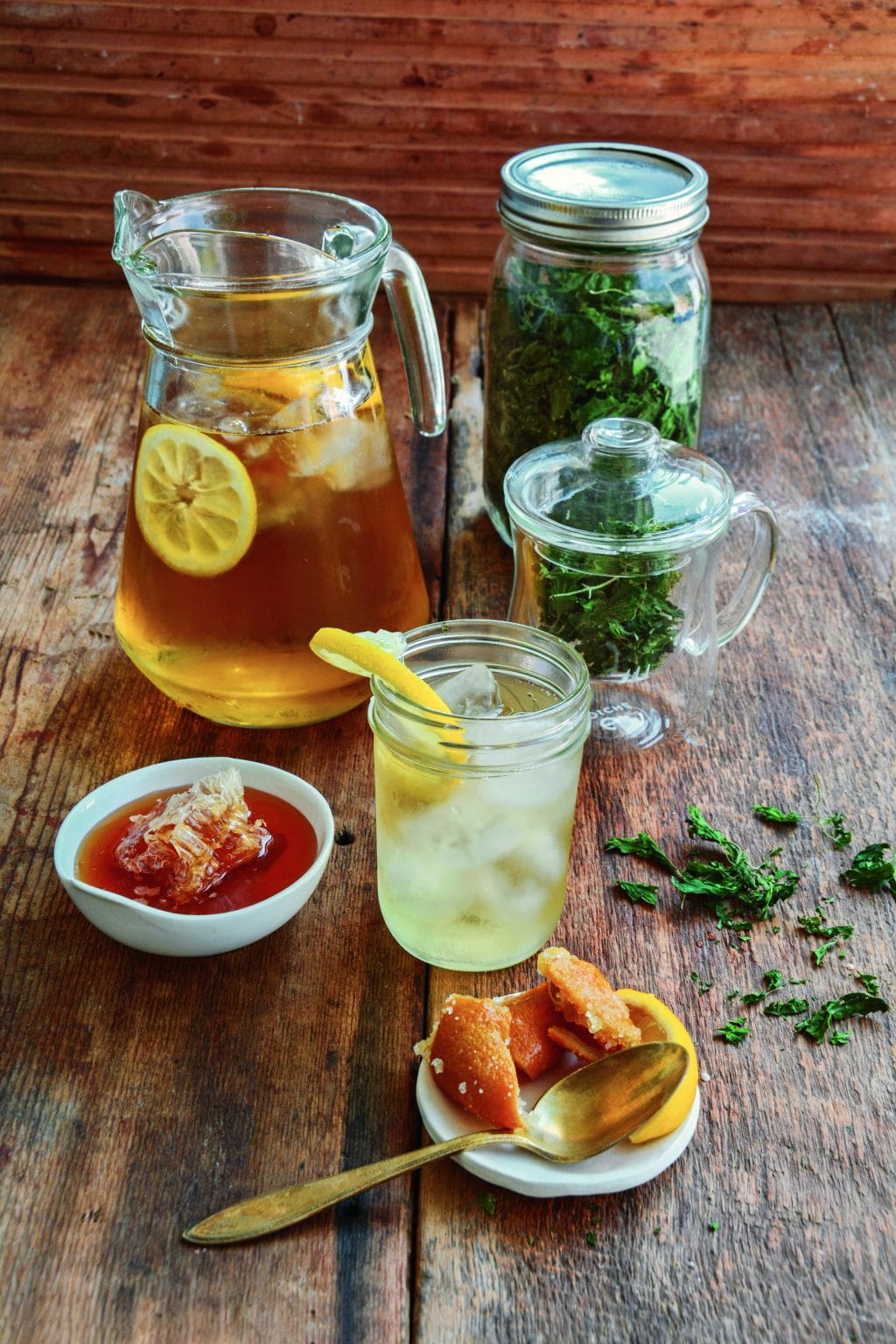
Photo credit: Mia Wasilevich
This Nettle-Ade recipe is surprisingly delicious!
Slightly sweet from the honey, and a pleasant tartness from the lemon make it really wonderful. It is super refreshing on a hot day!
It’s nice to know how healthy it is, too.
Nettle infusion is something that we could all use a little more of, and this is the perfect way to make it more enticing.
I’m pretty sure I’ll be making this nettle-ade all summer long with my stash of foraged dried stinging nettle!
Ugly Little Greens Book
I really love the book Ugly Little Greens by Mia Wasilevich!
She takes underutilized wild plants like dandelions, mustards, nettles, plantain, cattail, thistles, lambs quarters, mallow, watercress, and elderberries and turns them into gourmet recipes such as:
- Plantain and Purslane Poke
- Cattail Pollen Madeleines
- Nettles Benedict
- Salted Dandelion and Plantain Two Ways
- Lambsquarters Marbled Bread
- Elderflower Sangria with Summer Fruit
Both this wonderful book and this amazing Stinging Nettle-Ade recipe are highly recommended!
It’s always so much fun to actually make awesome recipes from foraged and wildcrafted ingredients. Mia’s book will help you with some of the best recipes I’ve seen for these wild edible weeds!
What is your favorite way to prepare stinging nettles?
Nettle-Ade
Ingredients
- Dried nettle leaves and stems as needed (see note)
- Boiling water as needed (see note)
- Ice as needed
- 1 tbsp honey per serving
- ⅛ preserved lemon or a ½-inch chunk per serving
- 1 cup sparkling water per serving
Instructions
- To steep the dried nettles, place the nettles in a teapot or a nonreactive pot and pour the boiling water over them. Let the nettles steep for 15 minutes, then strain them from the water.
- Add ice to a tall glass and muddle the honey with the preserved lemon. Pour in ½ cup (120 ml) of the strong nettle tea and finish with the sparkling water.

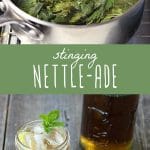
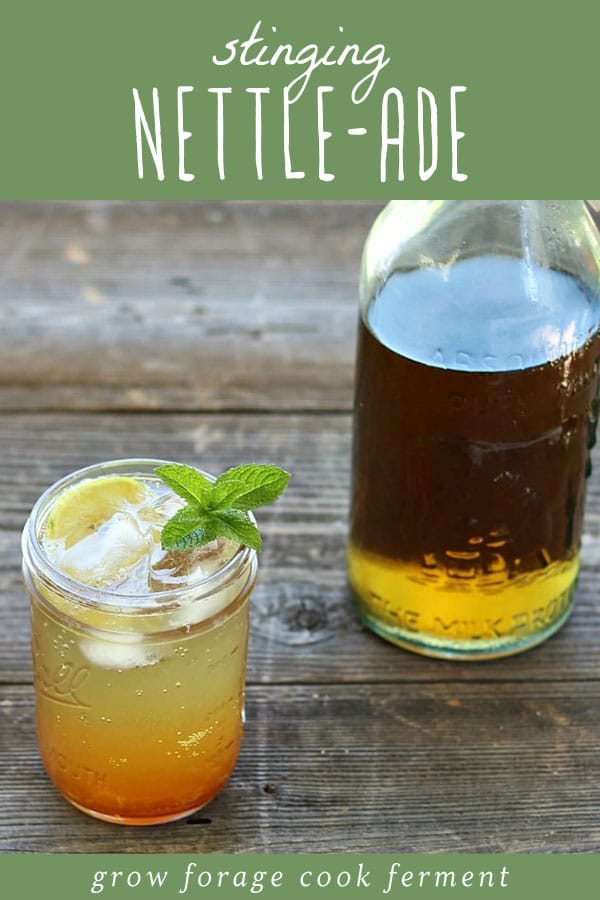
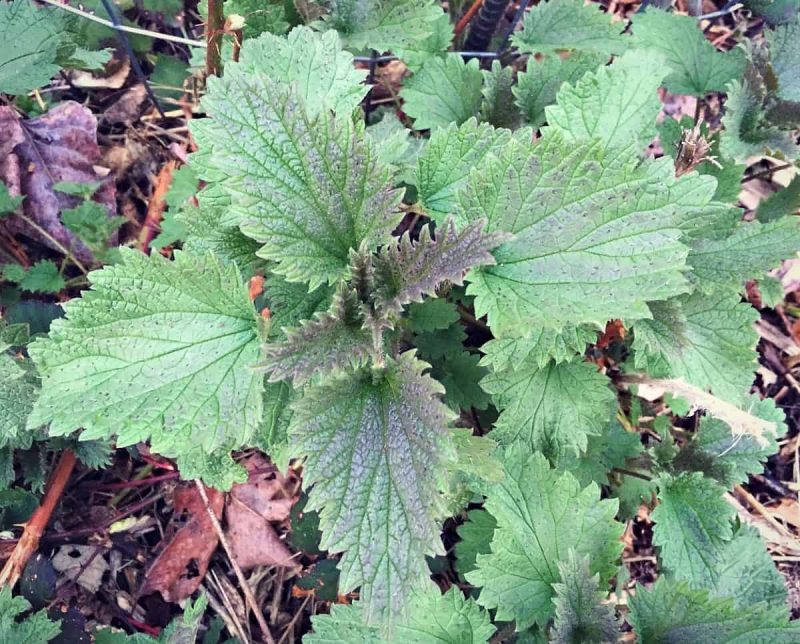
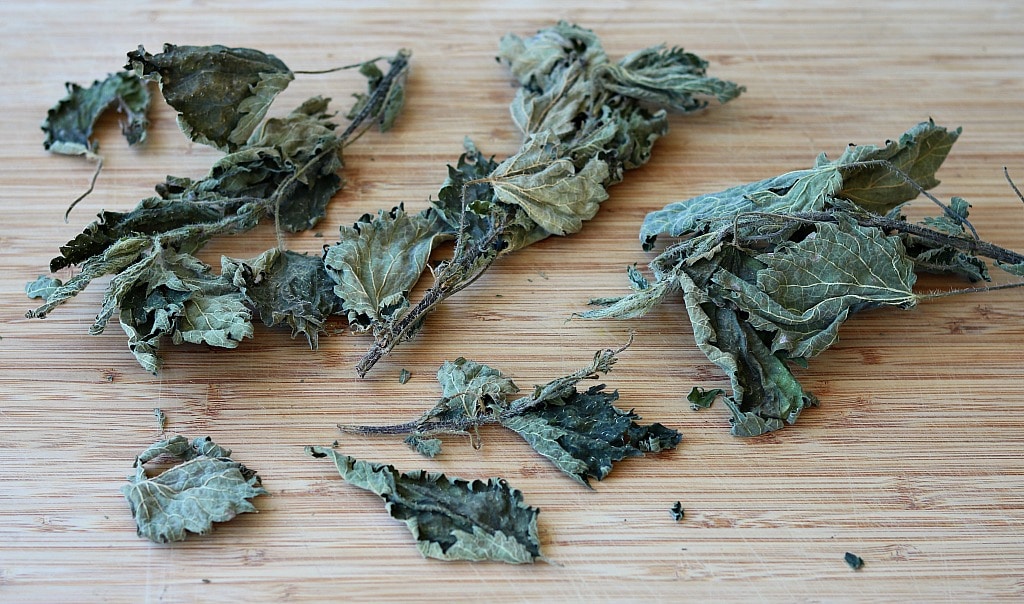
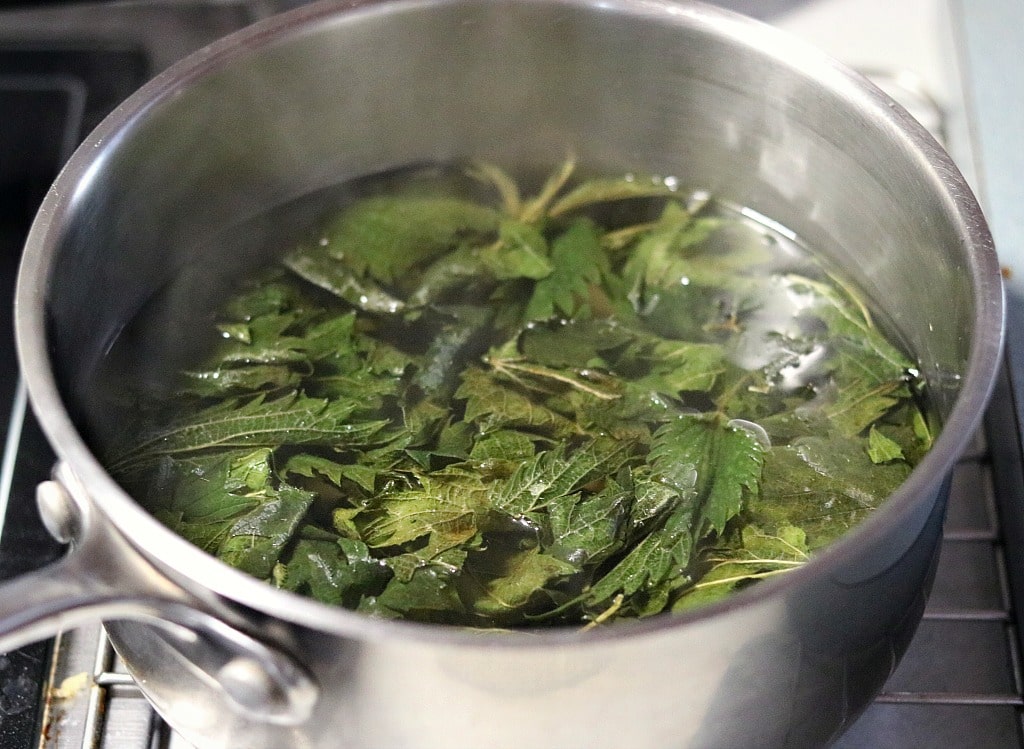
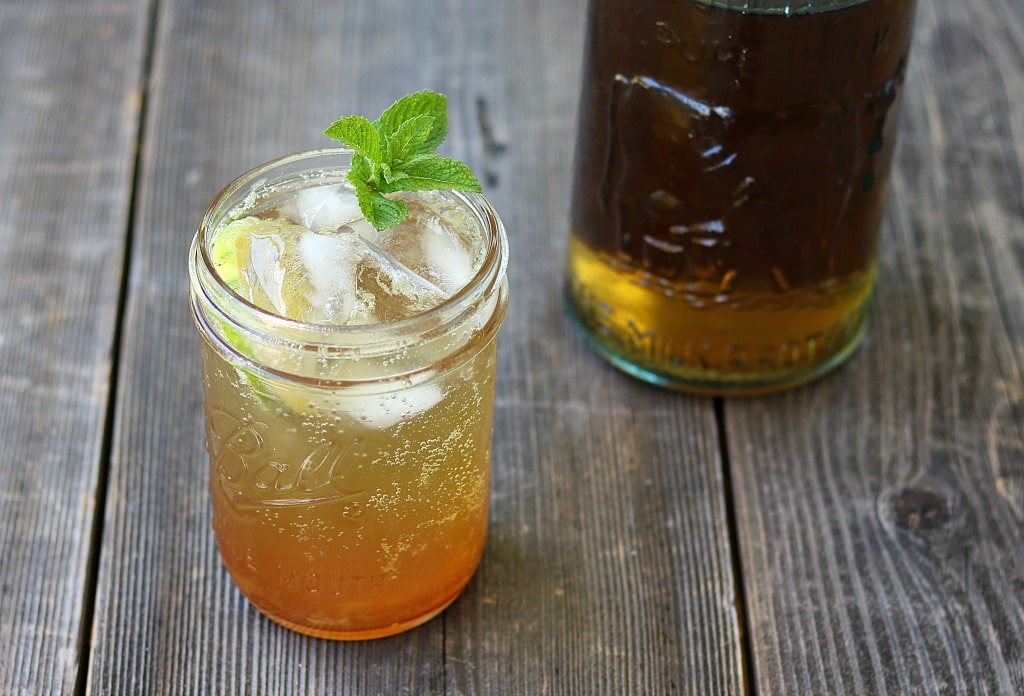
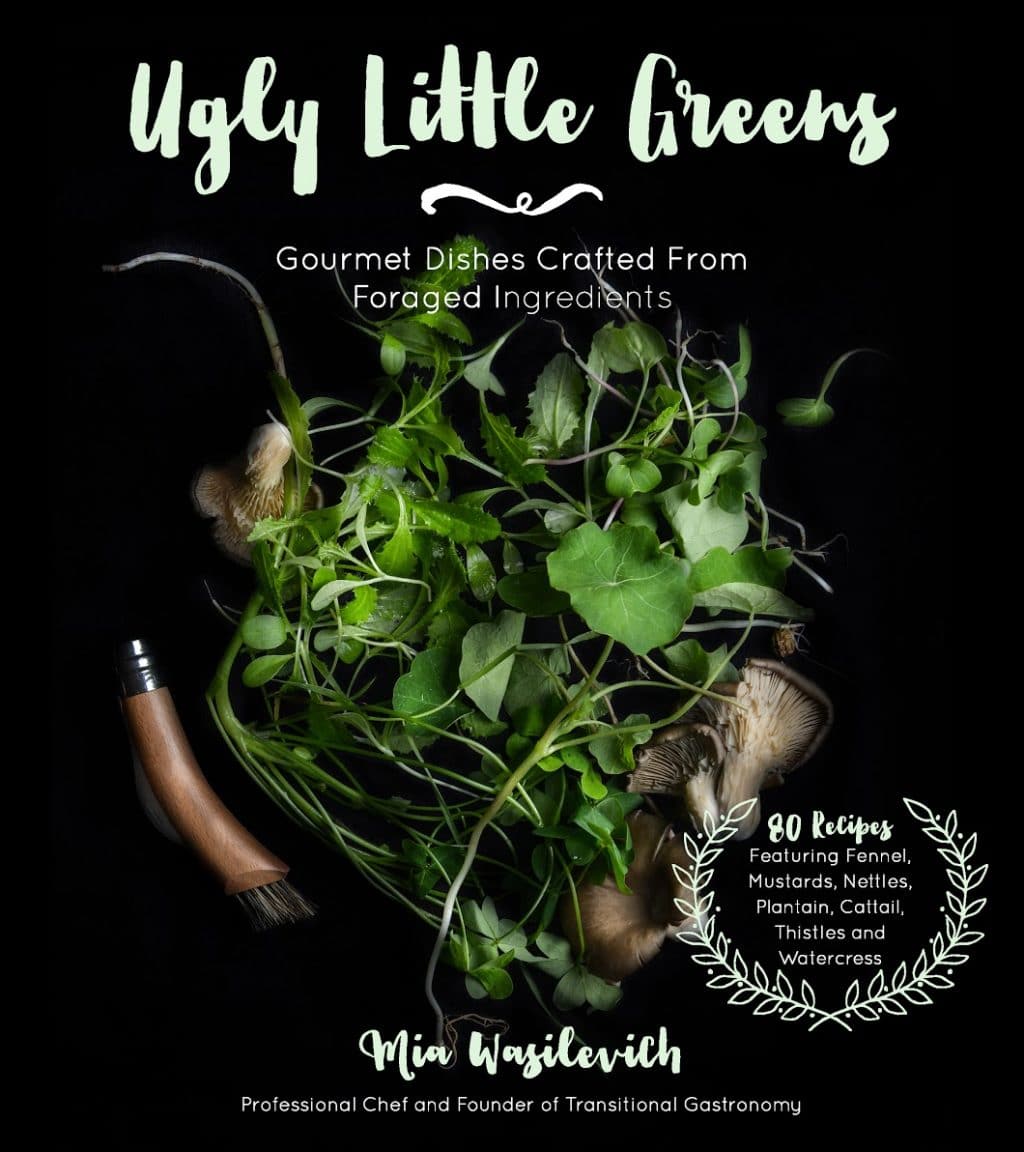
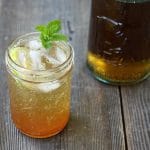

I just wanted to let you know I’m originally from SEATTLE. I lived in the area known as BURIEN. I graduated in 1970 from EVERGREEN HIGH SCHOOL. You had mentioned the PACIFIC NORTHWEST in your article and that peaked my attention. Thank You for all you do! 😍😃
Thank’s Linda! Enjoy!
Yes you can! All nettles are nutritionally beneficial; the ones that grow flowers may or may not have the needles on it, just take a stick and look under the leaf for further observation; just wear gloves anyway for safety.
Thanks for the great inspiration.
We’re in autumn here on the sunny coast of Queensland {Australia]
I do think that nettles are great for winter recipes though & ours grows all year round. Lucky us.
What is a “preserved lemon”?
That’s what I’m wondering, too. The only ones I know about are packed in salt. Surely not those?
Why not use fresh nettles? They are available now. Just be sure to pick with gloves on and rinse thoroughly in cold water (which will remove the sting)
You most certainly could use fresh nettles in this recipe :)
Hi! How do you get the “sting” out of the nettles, before you dry them? Thanks!
You don’t, really! They are less stingy once dried, and all of the sting is removed once boiled or steeped in boiling water.
here in Tallahassee on my property we have 2 different types of stinging nettle can you use the one that grows big with the flowers on it?